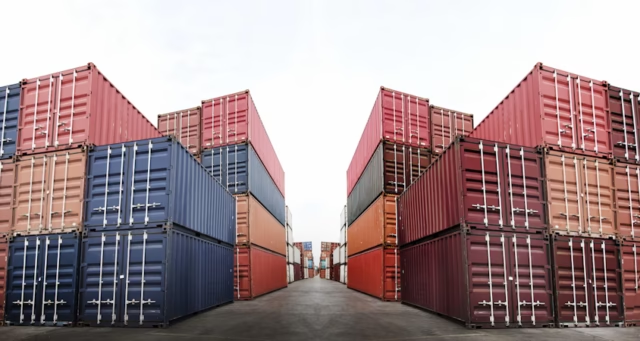
When it comes to choosing the best container solution for your business or personal project, the options can be overwhelming. With so many factors to consider, it’s crucial to prioritize what works best for your needs.
This blog will highlight five of the best tips for prioritizing container solutions, especially when it comes to shipping containers.
1. Assess the Purpose of the Container
The first step in prioritizing container solutions is to assess the purpose of the container. Ask yourself what the container will be used for—whether it’s for storing goods, shipping products, or creating a temporary space.
The type of items you plan to store or transport will help you decide on the right size, material, and features.
For example, if you need to store sensitive goods, you may want a container with better insulation. If it’s for moving heavy products, a more durable container will be necessary.
2. Consider Container Material
Most containers are made from steel, which offers strength and durability. Most shipping needs can be met by steel containers. However, if you need a container for a specific purpose, like storing food or chemicals, you might need one made of a different material.
For example, some containers have an extra layer of insulation to protect sensitive products from temperature changes. Choosing the right material ensures your container will provide the level of protection and durability you require for the items you plan to store or transport.
3. Prioritize Stackability and Storage Efficiency
When selecting containers, it’s important to think about stackability and how efficiently they can be stored. Stackable containers allow you to maximize storage space, whether in a warehouse, yard, or during transport.
If you plan to use multiple containers, stackability helps reduce the amount of space they take up. This is especially helpful if you’re dealing with limited space or need to ship large quantities of goods.
4. Check for Compliance and Regulatory Standards
Depending on your location and the items being transported, there may be specific rules that your container must meet. These standards help ensure safety during transportation and storage.
For example, there may be guidelines on weight limits, ventilation, or even the types of products that can be stored inside certain containers. Checking for compliance and regulatory standards can help you avoid fines, ensure the safety of your goods, and prevent delays during shipping.
5. Consider Security and Safety Features
Your container should have features that keep your items safe from theft, weather, and other risks. Look for containers that offer strong locking mechanisms, such as reinforced doors with secure locks.
Some containers come with additional safety features, such as tamper-resistant designs or security systems. Additionally, consider if the container needs to be weatherproof to protect sensitive items from rain or extreme temperatures.
Ensure the Protection of Your Goods Now
This ensures that your goods are stored and transported safely, efficiently, and cost-effectively. To find high-quality Shipping containers that meet your specific needs, explore the options available to secure and protect your valuables today.
Disclaimer
The information contained in South Florida Reporter is for general information purposes only.
The South Florida Reporter assumes no responsibility for errors or omissions in the contents of the Service.
In no event shall the South Florida Reporter be liable for any special, direct, indirect, consequential, or incidental damages or any damages whatsoever, whether in an action of contract, negligence or other tort, arising out of or in connection with the use of the Service or the contents of the Service. The Company reserves the right to make additions, deletions, or modifications to the contents of the Service at any time without prior notice.
The Company does not warrant that the Service is free of viruses or other harmful components












